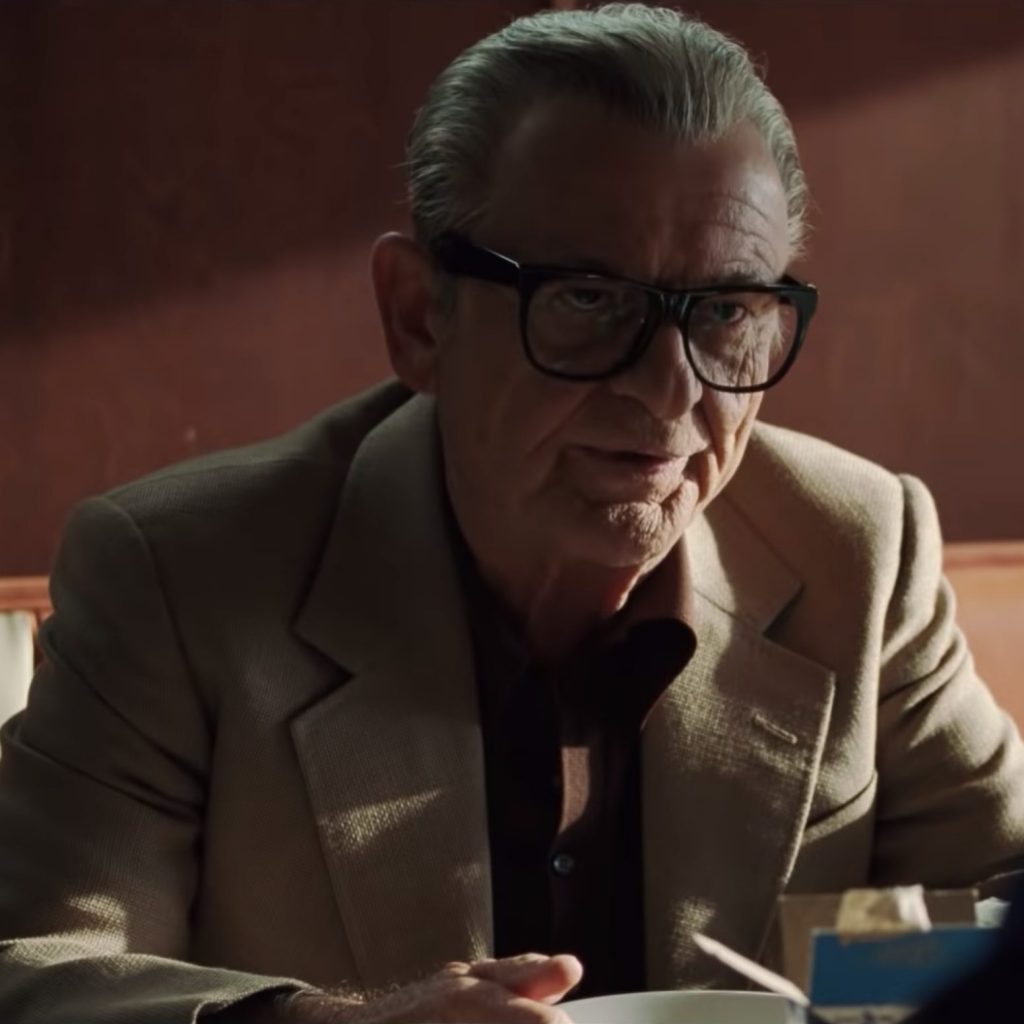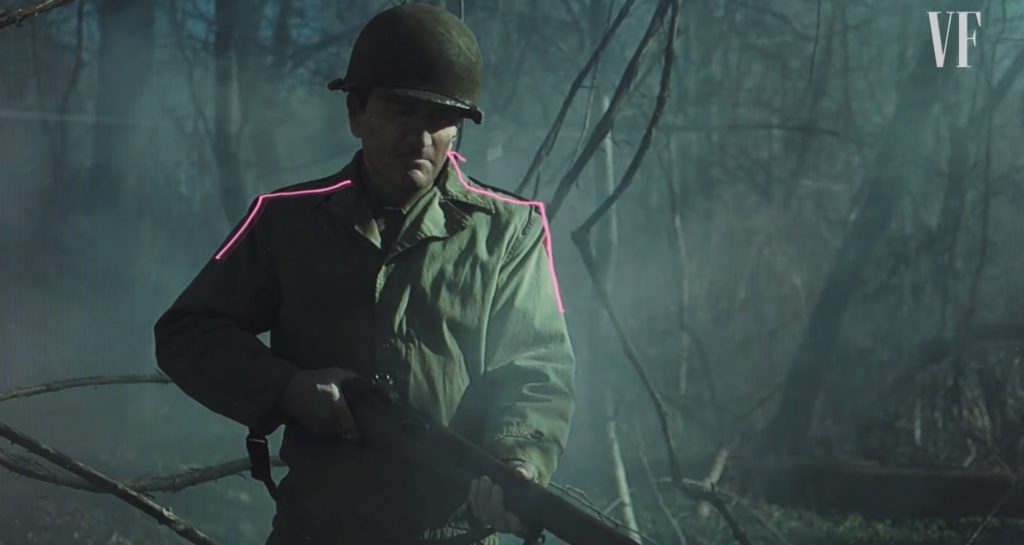
Sandy Powell, one of the costume designers for The Irishman, can tell you how to dress well. “The secret to a good suit is a good tailor,” she says plainly. But we imagine there’s a little more to it since, last year for her role in The Irishman, she and her colleague Christopher Peterson had to dress three of Hollywood’s most famous leading men along with more than 6,000 extras. Even if you gathered every tailor on Savile Row, they probably couldn’t have pulled together such a wardrobe within the necessary turnaround time.
Powell and Peterson are some of the best costume designers today in Hollywood. Powell herself has won three Oscars and received nominations for both The Favourite and Mary Poppins Returns last year. The two have also collaborated on The Departed, Carol, and most recently, The Irishman. Pulling together a beautifully rendered wardrobe for over 6,000 people is no small task. The clothes had to communicate something about the characters, as well as give the audience a sense of how quickly times changed over 50 years. There was a lot of research that went into how people dressed according to each period. In the end, most of the characters wore vintage clothes that the team had altered and repaired through tailors.
In this video from Vanity Fair, the two talk about some of the decisions they made when dressing characters. First, since men’s wardrobes are mostly restricted in terms of color palette and pattern, what sticks out from decade to decade is often about cut and material. In the immediate postwar years, men’s lapels and ties were a bit wider, perhaps as a response to wartime austerity. But by the end of the 1950s, things started to slim up again as younger people sought to differentiate themselves from their elders. In one scene, you can see Joe Pesci’s character wear his characteristically wide and wild ties, while Robert De Niro’s younger character sports a narrower lapel and neckwear.

Powell and Peterson also talk about how they put De Niro in lower-quality suits at first to show that he hadn’t really “made it yet.” Last spring, when I interviewed costume designer Keri Langerman about how she dressed Jude Law for his role in Vox Lux, she echoed some of the same decisions. In the first half of the film, Law wears five-pocket jeans with Members Only style jackets. Langerman stressed to me that they specifically hunted for jackets in a Members Only style, not stuff from the actual brand, to show that Law’s character couldn’t afford the real thing at the time. Later, for the second half of the film, they pulled the same silhouette through with upgraded Eidos trousers and Valstarino bombers. “We wanted to keep the silhouette the same to remind the audience that he was still the same character — his career just advanced, so he had a bit more money and dressed up a little more,” she told me.
The other thing that sticks out is Powell and Peterson’s sharp attention to the silhouettes, not only as a way to communicate something about a time period but also to give the characters more presence. It’s often said that fit is king, but that should probably be amended to the silhouette. “The real guy, Frank Sheeran, was much bigger than Robert De Niro,” Powell says. “But there was no way we were going to make Robert De Niro six-foot-four. So to help Bob, we sometimes had lifts in his shoes. And then, we built up his shoulders a bit to make him look broader than he actually is, especially in the earlier scenes (where he plays a younger man).”
The most memorable outfit is perhaps the one De Niro wears in the nursing home. While staring blankly into some unknown space, De Niro is sporting a 1970s spearpoint collar shirt (from his own wardrobe), a 1980s suit vest, a pair of high-waisted Champion sweatpants, and some Velcro shoes from Walmart. The accessories then pull everything together. “The ring is an actual artifact, for lack of a better word, from Frank Sheeran’s family, as is the watch that Jimmy gives him on the Frank Appreciation Night,” Peterson told Awards Daily. “The ring itself was something that Russell Bufalino had made from a three-dollar liberty coin surrounded by some 25 diamonds, and the watch is a Tissot watch. It was so interesting to see men giving each other jewelry. We were shown the actual ring and the actual watch, and our props department copied them.”
When asked what he would wear if he could steal something from the set, Peterson says: “I was really attracted to the ’60s suits. There was a midnight blue one that we made for Joe [Pesci] that I would love to have made in my size.”
You can check out the Vanity Fair video at YouTube.







